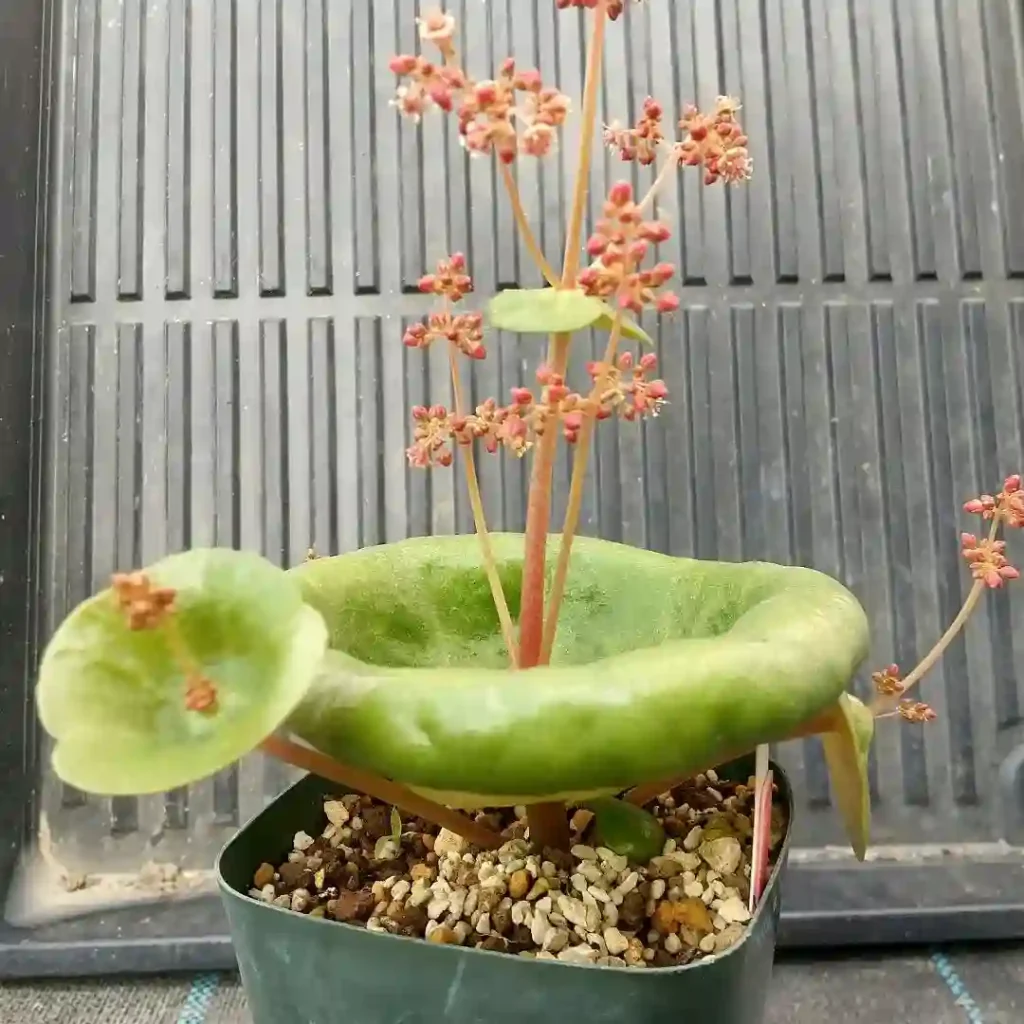What is Hosta Abiqua Drinking Gourd?
As a gardener with a penchant for unique foliage, the Hosta Abiqua Drinking Gourd has always held a special place in my heart. This captivating perennial boasts a mesmerizing combination of bold texture and captivating form, making it a true standout in the shade garden. Over the years, cultivating and observing this beauty has unveiled its secrets, and I’m here to share them with you.
31 Species in Genus Hosta
The most striking feature of the Abiqua Drinking Gourd is undoubtedly its foliage. Unlike its smooth-leaved brethren, this hosta boasts heavily textured, blue-green leaves that are deeply cupped and puckered. The resemblance to a traditional drinking gourd – a container crafted from a gourd with a hollowed-out interior – is what inspired its name. These cupped leaves, reaching up to 8 inches in length, have a distinct seersucker effect, adding a delightful play of light and shadow to the shade border.
The cupping is so pronounced that after a summer rain, the leaves transform into miniature water gardens, holding glistening droplets within their depths. This captivating sight adds a touch of magic to the shady corners of your garden.
Standing tall amidst the captivating foliage are the delicate white flowers that grace the Abiqua Drinking Gourd in early summer. Borne on slender scapes that rise above the foliage, these trumpet-shaped blooms offer a touch of elegance and a delightful contrast to the bold leaves.
How to care for Hosta Abiqua Drinking Gourd?
The Abiqua Drinking Gourd, thankfully, isn’t a fussy plant. It thrives in the very environment it beautifies – the dappled shade of mature trees or shade structures. However, a few key practices will ensure your Abiqua Drinking Gourd flourishes and becomes a mainstay in your garden.
Planting: Opt for a location with fertile, well-drained soil that retains moisture. Amending the planting site with compost or aged manure will provide the necessary nutrients and improve drainage. Ideally, plant your Abiqua Drinking Gourd in the spring or fall, when soil temperatures are mild.
Watering: Consistent moisture is crucial for this hosta, especially during prolonged dry spells. Aim to keep the soil evenly moist, but avoid waterlogging. A deep watering every few days during hot weather is usually sufficient.
Feeding: While not strictly necessary, a light application of a balanced fertilizer in early spring can give your Abiqua Drinking Gourd a boost. Opt for a slow-release fertilizer formulated for shade-loving plants.
Mulching: A layer of organic mulch, applied around the base of the plant in early spring, helps retain moisture, suppress weeds, and regulate soil temperature. Aim for a 2-3 inch layer of mulch, keeping it away from the crown of the plant to prevent rot.
What to Plant with Hosta Abiqua Drinking Gourd?
The Abiqua Drinking Gourd’s bold texture and captivating form make it a versatile companion in the shade garden. Here are a few ideas for creating a harmonious composition:
- Ferns: Delicate ferns like Maidenhair Fern or Japanese Painted Fern (Athyrium niponicum) create a textural contrast with the Abiqua Drinking Gourd’s bold leaves.
- Heuchera: The colorful foliage of Heuchera varieties complements the blue-green hues of the Abiqua Drinking Gourd, adding a pop of color to the shady haven.
- Foamflower (Tiarella whittalli): The delicate foam-like flowers of Tiarella whittalli provide a charming counterpoint to the structured form of the Abiqua Drinking Gourd.
These are just a few suggestions, and the possibilities for creating a stunning shade composition with the Abiqua Drinking Gourd are endless.
Does Abiqua Drinking Gourd Bloom Later Than Other Hostas?
While the exact bloom time can vary slightly depending on your location and climate, the Abiqua Drinking Gourd generally blooms in early to mid-summer, which is consistent with most hosta varieties.
Sharing the Bounty: Propagating Abiqua Drinking Gourd
If you’d like to expand your collection of this unique hosta, propagation is a breeze. The most common method is division. In early spring or fall, carefully dig up the mature clump and use a sharp knife to divide it into sections, each with a healthy bud or crown. Replant the divisions immediately, ensuring they are watered well.
With its captivating foliage, easy-going nature, and stunning presence in the shade, the Abiqua Drinking Gourd is a true gem for any garden. So, if you’re seeking a unique and captivating addition to your shady haven, consider welcoming this textured treasure into your haven.
If i die, water my plants!



